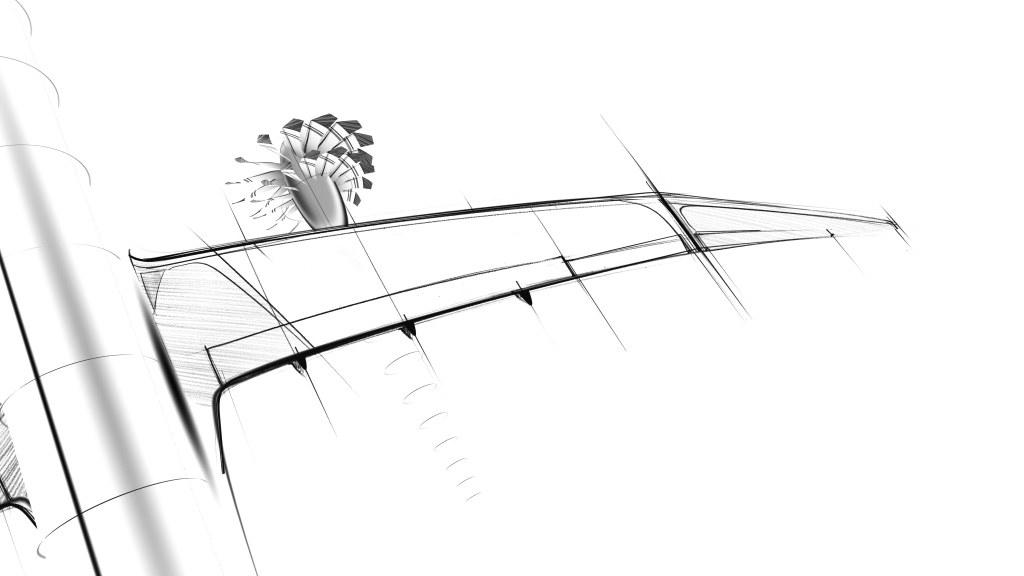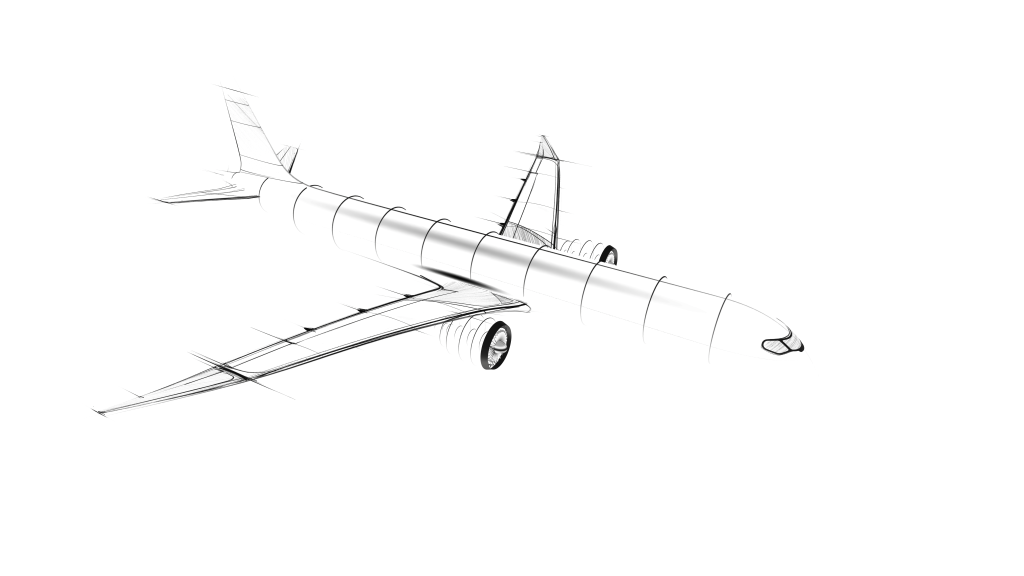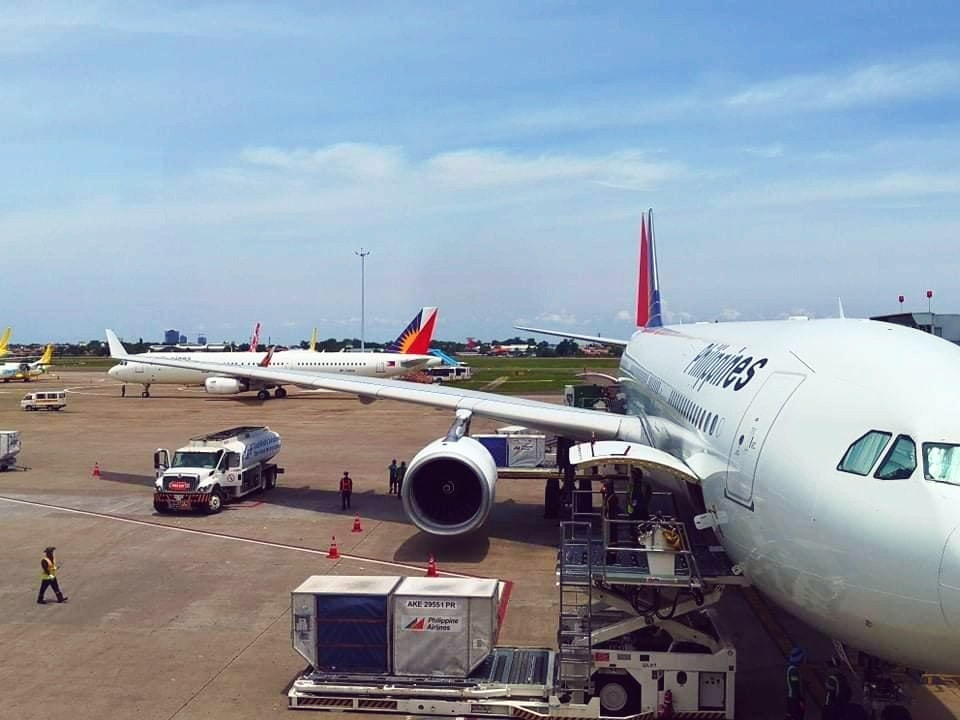Airbus is pushing ahead with its vision for the future of commercial aviation. During the Airbus Summit 2025, the company shared updates on technologies that could shape the next generation of single-aisle aircraft, which are aimed for entry into service in the second half of the 2030s.
The European aircraft manufacturer revealed several groundbreaking design concepts that promise to deliver a 20-30% increase in fuel efficiency compared to current-generation aircraft. These new aircraft will also be capable of operating with 100% sustainable aviation fuel (SAF), in a bid to achieve net-zero emissions by 2050.
Among the key innovations presented are disruptive open fan engine designs, which represent a significant departure from traditional turbofan architecture. The aircraft will also feature long foldable wings, engineered to provide substantial aerodynamic improvements while maintaining airport compatibility.

“Every second, an Airbus aircraft takes off – connecting people, cargo and business around the world,” said Bruno Fichefeux, Airbus Head of Future Programmes. “We have the most advanced aircraft portfolio in the market and the A321XLR is at the very forefront of today’s single-aisle aircraft technology.”
The ambitious project incorporates next-generation battery technology to enable hybrid architectures, allowing increased use of electrical systems for both propulsive and non-propulsive functions. Advanced lightweight materials and integrated systems will ensure the aircraft remains connected throughout its journey.
Karim Mokaddem, Airbus Head of R&T, emphasized that teams are working diligently to finalize crucial decisions regarding engine type, wing design, and additional innovations. These developments were showcased during the two-day Airbus Summit 2025, which brought together industry leaders and visionaries to discuss sustainable aerospace’s future.

These technology building blocks are intended to deliver significant improvements in efficiency and productivity. Airbus believes they will contribute considerably to the decarbonization of air travel in the coming decades.

























Leave a comment